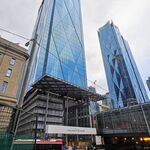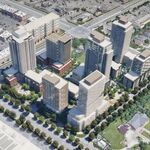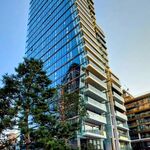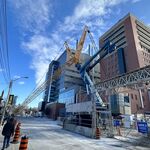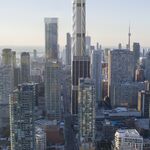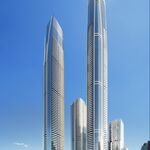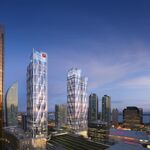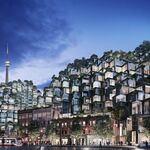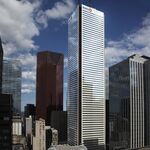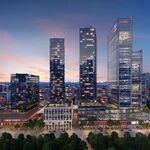Anyone who lives in Toronto sees growth pressure as they move about the city: places that were lively decades ago and then became obsolete over the years, are being purchased, demolished, and replaced with new buildings to fit modern needs, or after purchase they are retrofitted to suit a new era. This can turn areas that were once predominantly industrial into commercial, residential, or more likely mixed-use neighbourhoods, and it usually means that the zoning must change. That can leave some older structures in their original state with legal nonconforming uses.
 Toronto's zoning map outlines the permitted property uses across the city, image via City of Toronto
Toronto's zoning map outlines the permitted property uses across the city, image via City of Toronto
What does it mean for the city of Toronto? Legal nonconforming uses or structures, is a term that our 'Explainer' looks into, and SkyriseCities has the answer:
Zoning bylaws are meant to reflect the desired physical composition of an urban area, specifying the permitted uses and standards of individual properties. They outline a site's authorized functions, built form, height, and density, but as the city evolves, mass updates to the zoning bylaws can alter these permissions. The revisions often result in legal nonconforming uses or structures, where the use or built form of a property that complied with previous zoning regulations no longer adheres to the new regulations. This is also known as "grandfathering."
You can find the rest of the story on our sister site, SkyriseCities.com.

 3.6K
3.6K 












